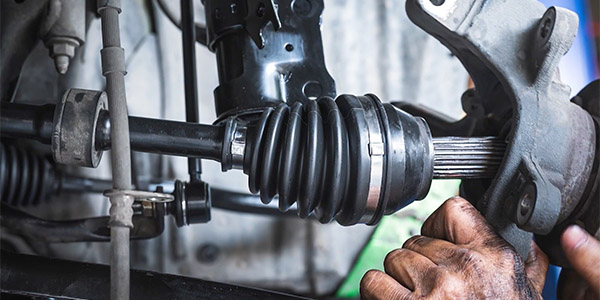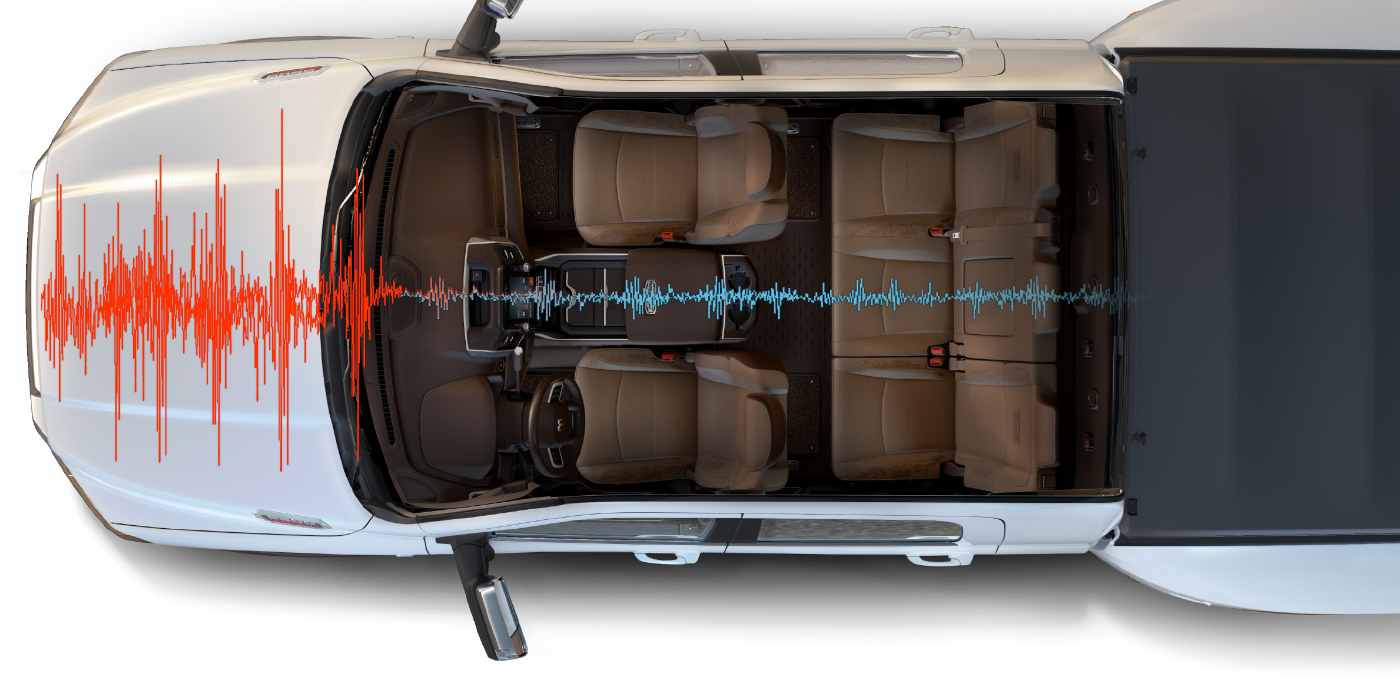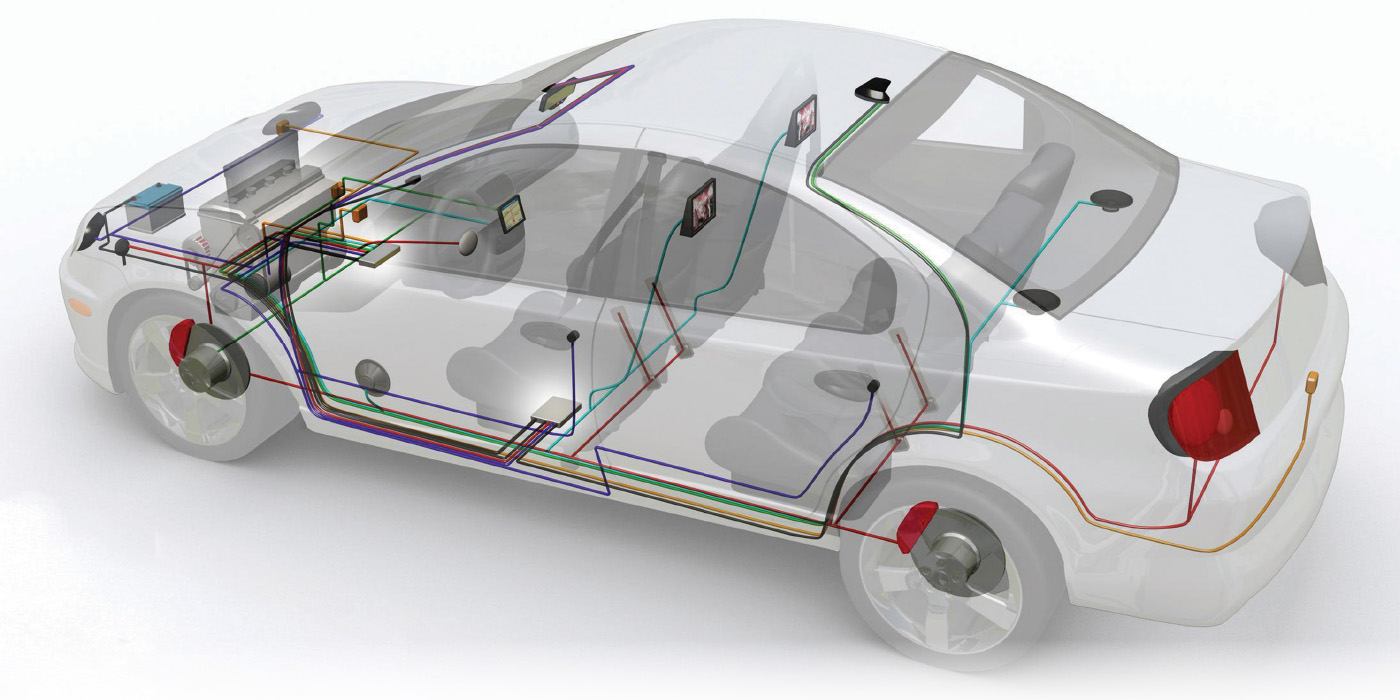A click, click, click noise when going around a sharp turn isn’t someone starting a slow clap. It is however a pretty good sign that the CV axles on a vehicle are in need of some attention. Let’s take a look at some ways to properly diagnose a worn CV axle.
CV axles are the link between your transmission and your wheels. Their design allows them to move to follow the suspension while still being able to move the vehicle.
There are a number of things that we can look at to see if a CV axle is going bad. One of the simplest driving tests that you can do is to take the vehicle to an open parking lot and slowly drive in circles with the steering wheel turned sharp in each direction. This puts the joints on the CV axles in the sharpest angle possible, and will often cause ones that have gone bad to make a clicking noise where the bearings bind up a bit. Next up, it’s time to get the vehicle in and on a lift so you can give a good visual inspection.
The first thing that you will want to look at are the boots that cover the CV joints. Any rips or tears in those boots will allow the grease to get out, and dirt to get in. Once dirt or water enters a CV joint, it will cause damage to the bearings and bearing surfaces in the joint and it will need replaced. Something else to take note of is if you have the end free, check to make sure that the slip joint moves freely without binding.If there is any binding or resistance, it’s time to replace the CV axle. Diagnosing CV axle issues doesn’t need to be complex if you know the right things to look for.
This video is sponsored by GSP North America.













